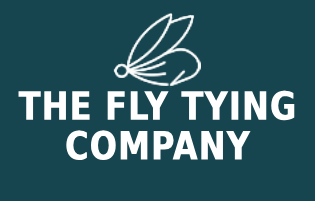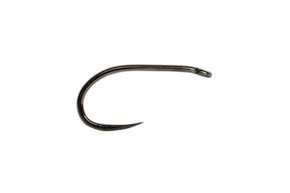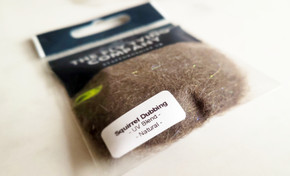Origin and History
The Olive Quill is a traditional British river dry fly, tied to imitate delicate upwinged olives (Baetis species) that hatch throughout the trout season. With its slim, segmented body from stripped quill, upright wings, and sparse hackle, the pattern has been a staple on chalkstreams and freestone rivers alike. Its translucent body and lifelike proportions make it one of the most imitative and effective olive patterns ever created.
Materials
- Hook: Light dry fly hook, sizes 14–20
- Thread: Olive or brown 8/0
- Tail: Coq de Leon or microfibre fibres
- Body: Stripped olive or natural quill
- Wings: CDC tips or light dun hackle fibres, tied upright and divided
- Hackle: Medium dun cock hackle
Popular Variations
- Thorax Olive Quill – with a darker thorax of peacock or hare’s ear dubbing
- Parachute Olive Quill – hackle tied parachute-style around a post for low-riding profile
- Emerger Olive Quill – trailing shuck of Antron to suggest emergence
- Spinner Olive Quill – wings tied flat for evening spinner falls
- Synthetic Quill Olive – uses dyed synthetic quills for durability
Step-by-Step Tying Guide
- Attach thread behind the hook eye and wind to the bend.
- Tie in 2–3 fine Coq de Leon fibres as the tail, about the hook shank in length.
- Tie in a stripped olive quill at the tail base.
- Wind the quill forward to form a slim, segmented body, stopping short of the eye.
- Tie in upright wings of CDC tips or hackle fibres, divided in a “V”.
- Dub a small thorax behind the wings if desired, using darker material for contrast.
- Select a medium dun hackle and wrap 2–3 turns around the thorax and wing base.
- Whip finish neatly, forming a small head, and apply a touch of varnish.
Seasonality & Representation
The Olive Quill is best fished from spring through autumn, during hatches of Baetis olives. It represents adult olives resting or emerging on the water surface, making it particularly deadly on overcast days when hatches are prolonged. Trout on chalkstreams and freestone rivers alike take this fly with confidence.
Tackle and Setup
- Rod: 8–9ft, 3–5wt
- Line: Floating line for delicate presentation
- Leader: 10–12ft tapered leader with 5–7X tippet
- Presentation: Dead drift, ideally upstream, with minimal drag
Summary Table
| Aspect | Details |
|---|---|
| Origin | Traditional British mayfly imitation |
| Best Seasons | Spring to Autumn |
| Represents | Baetis olives (adult mayflies) |
| Hook Sizes | 14–20 |
| Tackle Setup | 8–9ft rod, floating line, fine leader |












